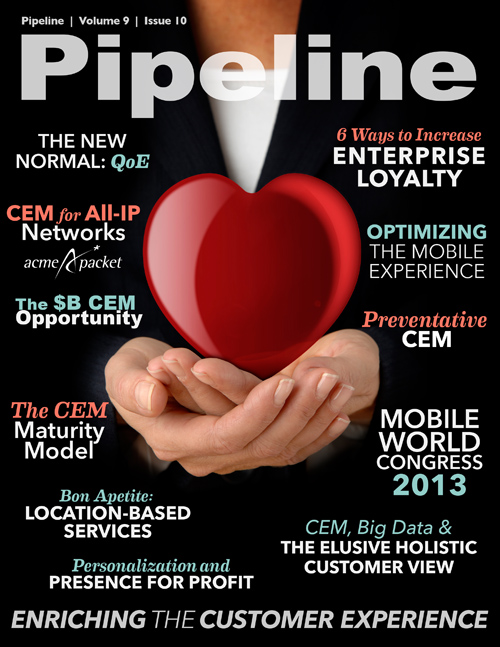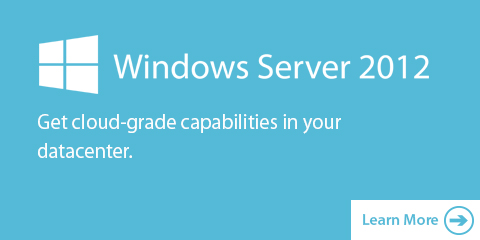The New Normal: QoE
There will always be resistance to change within any organization, and sometimes the “do nothing” approach can seem like the best bet. Common obstacles can include trials by committee, preconceived notions that every click of the old system must be duplicated in the new system, and the fear that training staff on the new system will drive down productivity and ultimately impact the bottom line. But what if none of that were true?
The new normal
Service providers and their support systems have evolved over the years. What were once complex, home-grown solutions are now commercial products, while other products have become available that leverage interfaces most organizations already know quite well. When you factor in the “revolving door” aspect of customer-service employment, systems training occurs regardless of the implementation of new systems; the key becomes implementing familiar systems that have short learning curves.
“There is a high rate of turnover in most customer-care organizations,” said Bonnie Jeanne Maher, managing director of worldwide telecommunications at Microsoft Corp. “The combination of legacy and homegrown systems increases complexity, complicates operations and challenges workers. Replacing legacy systems with modern systems that are familiar [and] easy to learn and use helps to reduce training time and expense and to enhance call-center operations and overall worker performance.”
Culturally, however, the notion that a new system needs to perform just like the old system is a bit of a fallacy that simply needs to be demystified. When a service provider tries to recreate a system its intent is to achieve the same rate of operational efficiency as before, or at least protect against a decrease in efficiency. But if a new system doesn’t go beyond the limits of the prior system, a provider can lose an important opportunity to increase operational efficiency and gain additional benefits such as the ability to dynamically keep up with the rate of change.The old approach toward transformation also doesn’t work when you consider that the time spent developing or modifying a solution can extend an implementation by months and millions of dollars. Trying to get a new system to look and act like the old one is akin to buying a new car only to make it look and act like the one you’re trading in. Service providers should instead be seeking out solutions that are easy to implement and have a familiar interface that requires little employee training, and include baked-in vertical-industry functionality with the ability to be easily customized on demand during, and well after, the initial implementation.
As it relates to CRM software, managing the customer experience is quickly becoming table stakes. In a report issued last September by Ericsson, 77 percent of C-level executives from tier 1 mobile providers said they believe the customer experience is key to competitive differentiation, while 81 percent believe CEM is key to improving financial performance. The report was primarily focused on service providers in southern and southeastern Asia, but with churn rates between 30 and 50 percent, it’s a familiar story practically everywhere. CRM systems have become the hinge pin in managing the customer experience and gauging the quality of experience (QoE). But they’re facing new challenges, thus requiring a fundamental understanding of QoE.




















